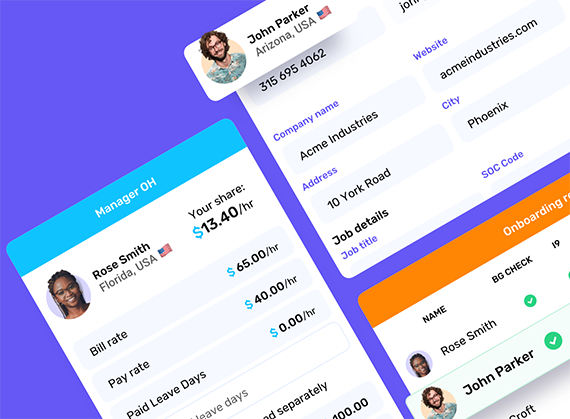For many recruiters, a direct-hire placement is always the answer when it comes to meeting the needs of their clients. But for the hiring manager, a direct hire isn’t necessarily always the answer. The employment world just isn’t that black-and-white. There are a hundred shades of gray and often a limited cache of resources. Consequently, for hiring managers, the answer is always this one: whatever it takes to get the job done.

1. Contract staffing—This option provides flexibility to complete a project without the long-term commitment (and cost) of a direct- hire placement.
2. Contract-to-direct—This option is more popular than many direct-hire recruiters might realize. The reason? It’s the one that hiring managers turn to first when they’re saddled with a hiring freeze. It basically offers the best of both worlds: the chance to evaluate the candidate’s skills and their ability to fit into the company culture without the costly upfront investment associated with a direct hire.
3. Retiree re-staffing—Retirees can be a wealth of knowledge and influence within a company… and many prefer to work on a contract basis. Plus, with their vast experience, they hit the ground running!
4. Internships or co-op programs—These are popular options when a short-term, entry-level task is involved. Like temp-to-perm, it allows companies to evaluate a candidate’s skill level, as well as how they fit into the workplace culture.





